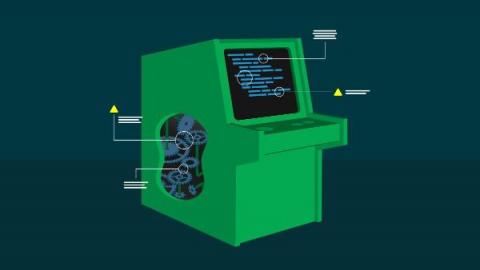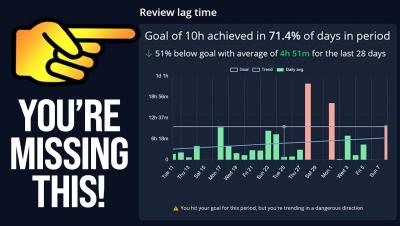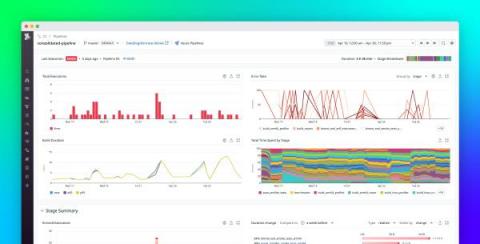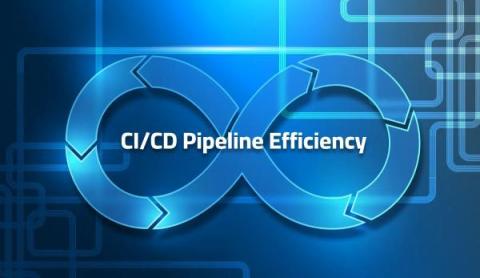Zero trust security for CI/CD pipelines
The zero trust security model is an approach to network security that enforces strict access controls and authentication at every stage of the software development lifecycle. It treats every user, device, and transaction as a security risk and uses the principle of least privilege to restrict access to sensitive resources and minimize the potential attack surface.











